We independently evaluate all recommended products and services. If you click on links we provide, we may receive compensation.
When it comes to sun protection, most of us may think we’re well versed; we use broad-spectrum SPF coverage of at least 30 and reapply generously and often. But what if we were to quiz you on UPF? That’s the rating applied to fabrics to measure the amount of UVA and UVB rays able to penetrate said fabric and reach the skin — the higher the UPF, the more protective it is.
“Wearing UPF-rated clothing is an easy way to provide effective UV light protection over large body surface areas, especially if you don’t have someone to help apply sunscreen to hard-to- reach areas like the back; UPF shirts get the job done,” says Joshua Zeichner, M.D., a New York City-based board-certified dermatologist and associate professor of dermatology at Mount Sinai Hospital.
Even for how convenient UPF clothing is as a way to protect swaths of skin, it hasn’t exactly had its day in the sun. (Blame it on slim pickings and a legacy of styles that have put function way ahead of fashion.) Thanks to fashion-forward sportswear brands that are releasing UPF clothing in a larger array and cuter styles, though, that’s about to change. Below, find everything you need to know about how to raise your sun protection game, just by getting dressed.
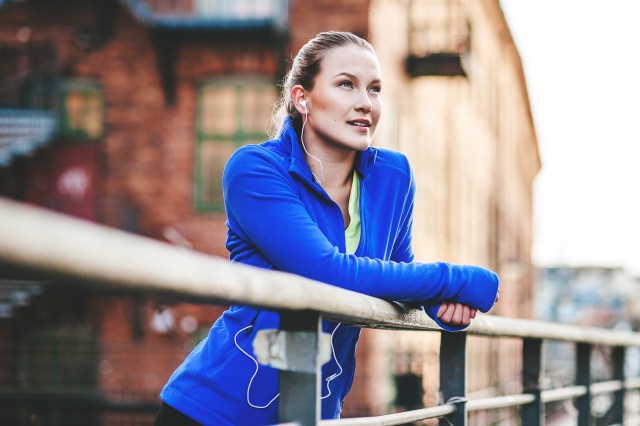
How Is UPF Different From SPF?
The SPF (sun protection factor) rating system applies to sunscreens, which, as over-the-counter drugs, are regulated by the FDA. As Zeichner points out, “All sunscreen products have to be compliant with the FDA sunscreen monograph.”
Sun-protective clothing has its own rating system, ultraviolet protection factor (UPF), which signals how much UVA and UVB radiation will penetrate a fabric and hit your skin. While no government agency regulates UPF fabrics like the FDA regulates SPF products, the Skin Cancer Foundation created a Seal of Recommendation to help measure the efficacy of sun-protective fabrics. The foundation rates UPF 30 to 49 as “offering very good protection” and rates UPF 50+ as providing “excellent” protection. According to Skin Cancer Foundation literature, “a UPF 50 fabric blocks 98% of the sun’s rays and allows 2% (1/50th) to penetrate, thus reducing your exposure risk significantly.”

How To Choose the Right Sun-Protection Clothing
Generally speaking, shiny fabrics and dark and vivid colors are thought to reflect and absorb, respectively, more UV rays than matte fabrics, stretchy fabrics, and light colors. On top of these general guidelines, Dr. Zeichner also looks for “tightly knit weaves, generally speaking. If you hold the fabric up to the sun and see the light coming through, then it is not going to protect you adequately from the sun.”

How Does Sun-Protection Clothing Work?
It’s tempting to grab any dark-colored, shiny fabric and think it’s as protective as anything else on the market. But UPF-rated fabrics are specially made to block UVA and UVB radiation, commonly via a chemical treatment added to the fabric or by altering the density of a fabric itself. The real challenge is coming up with inventive ways to boost UPF while keeping the wearer cool. For its part, Patagonia applies micro-sized titanium dioxide particles — similar to the stuff used in mineral SPFs — to fabrics as a way of locking in sun protection in lighter-weight clothing.
According to the Melanoma Research Alliance, UPF clothing is also designed to offer reliable UV protection whether the fabric is wet or dry, something that conventional clothing doesn’t always provide. According to the organization, a thin cotton T-shirt offers an average of UPF 5, 90% less protection than a UPF 50 shirt of similar thickness.
“Wearing a white shirt that becomes translucent when it gets wet will provide virtually no UV light protection, which means that you are at risk for some damage even if you’re wearing that shirt,” Dr. Zeicner says. “If you’re not wearing sunscreen under the clothing, it’s important to use trusted brands with reliable UV protection.”
Research has also shown that UPF ratings significantly drop when clothing is stretched — something to consider when wearing UPF-rated bike shorts or yoga pants. Another study found UPF ratings increased when treated linen, viscose, and polyester fabrics became wet, but UPF significantly decreased in cotton and polyester fabrics treated with titanium dioxide particles. The takeaway: Look for tightly woven fabrics made to moisture-wick and quickly dry.
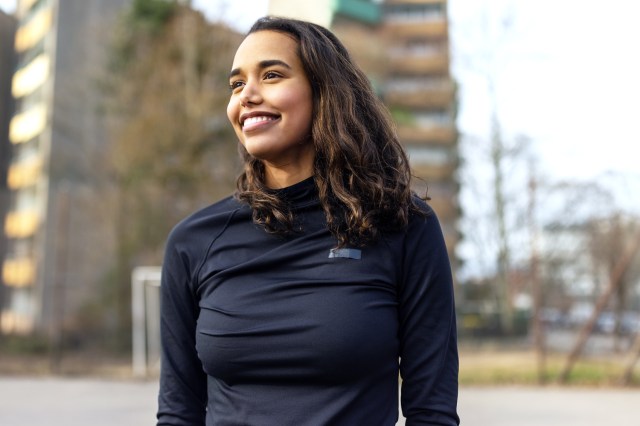
What Is the Life Cycle of UPF Clothing?
Chemical coating in fabrics will fade with wear and washing. If you notice your UPF-rated clothing stretch over time or fade in color, then it’s likely the UPF protection has been compromised, too. Typically, the sun-protective efficacy of UPF-rated clothing is made to last for up to 100 washes, but check with the manufacturer for details about your particular garment, as some UPF-rated clothing is made to last up to 500 washes or more.
To ensure the best sun protection, investing in a rash guard or hoodie rated UPF 50 or higher is a great start. But Dr. Zeichner says that people often think of that single layer of protection as a one-and-done solution, instead of one tool of many to help keep skin safe from burns, cancer, and premature aging.
“UPF clothing is just one part of optimal sun protective behavior,” he says. “In addition to wearing sun-smart clothing, stay in the shade during peak hours [between] 10 a.m. and 2 p.m., wear sunglasses and broad-brimmed hats, and of course, apply sunscreen to all sun-exposed areas of the skin.”
Shop the trend:
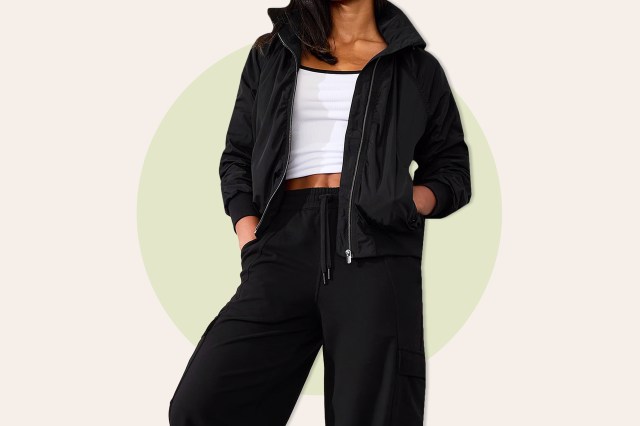
1. Athleta Jet Set Bomber
This UPF bomber is made from recycled material that is water-repellant, but still breathable.
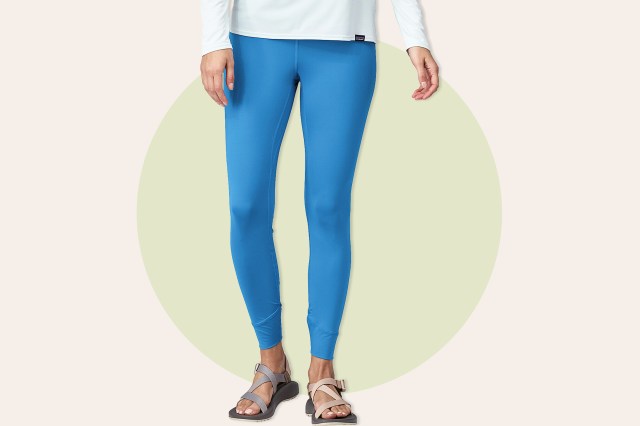
2. Patagonia Tropic Comfort Sun Tights
These leggings, made with no-chafe seams in a Made in a Fair Trade Certified factory, boast a 40+ UPF rating that stands up to wet or dry conditions. What’s more, the brand claims the protective coating won’t wash off or pollute waterways.
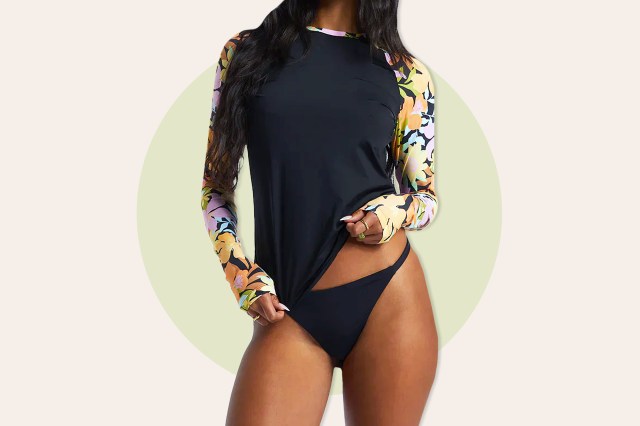
3. Billabong Mas Aloha Long Sleeve Rashguard
It’s hard to find an actually cool rashguard. This UPF, raglan-sleeved number adds just the right amount of style.
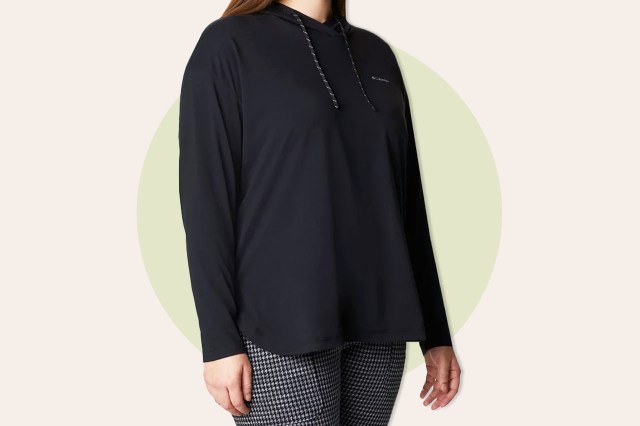
4. Columbia Sun Trek Hooded Pullover
This hoodie is rated UPF 50 and comes in sizes up to 3X.
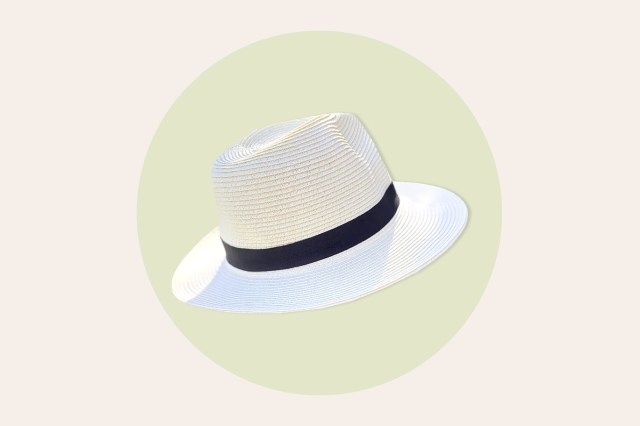
5. Sungrubbies Classic Fedora Hat Unisex UPF 50
The Skin Cancer Foundation suggests wearing hats with a minimum 3-inch brim around the circumference for optimal sun protection. This classic fedora fits the bill and boasts UPF 50.
This article is for general informational purposes only.
Affiliate Disclaimer Medical Disclaimer



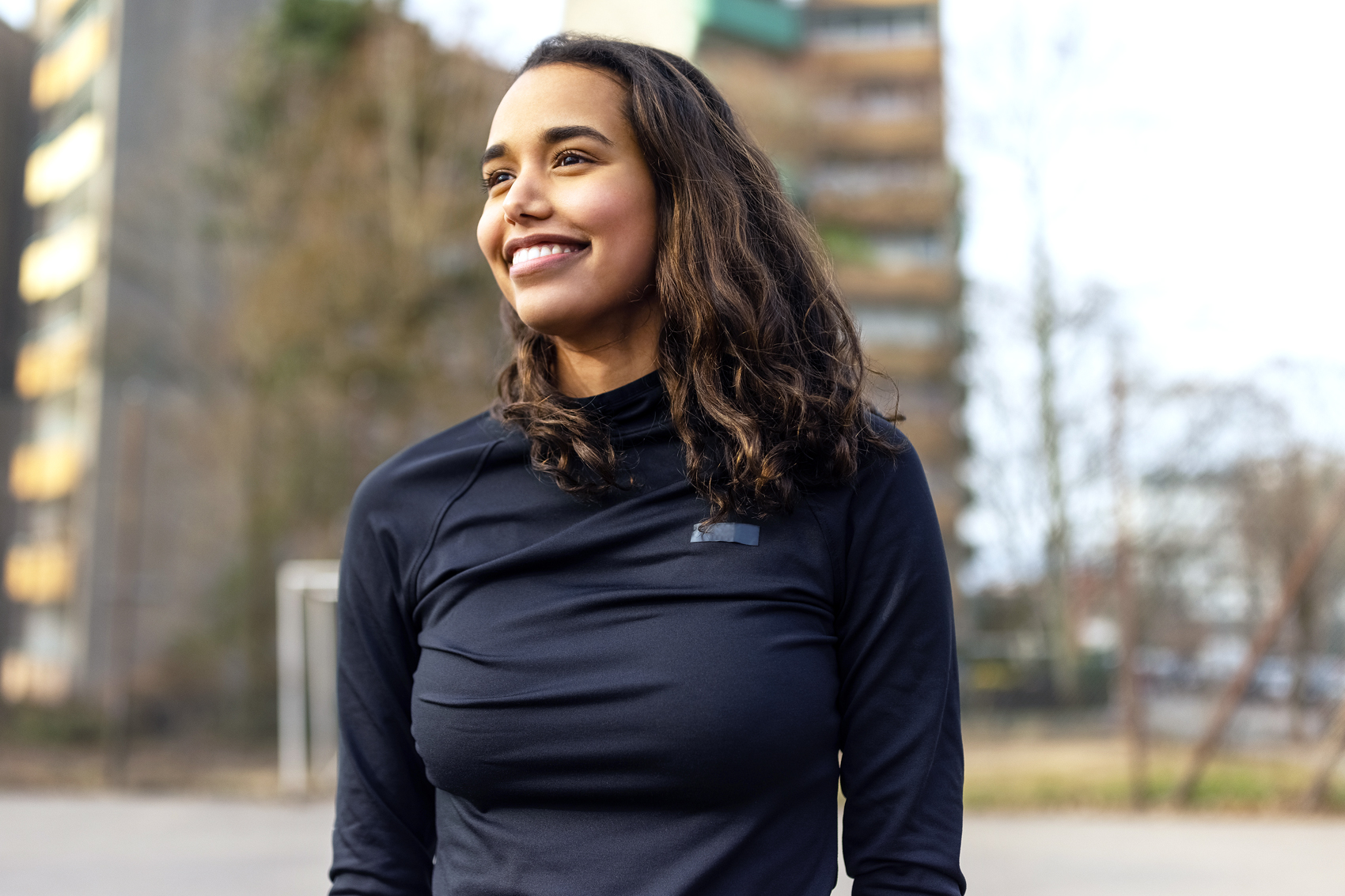
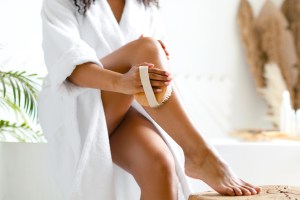

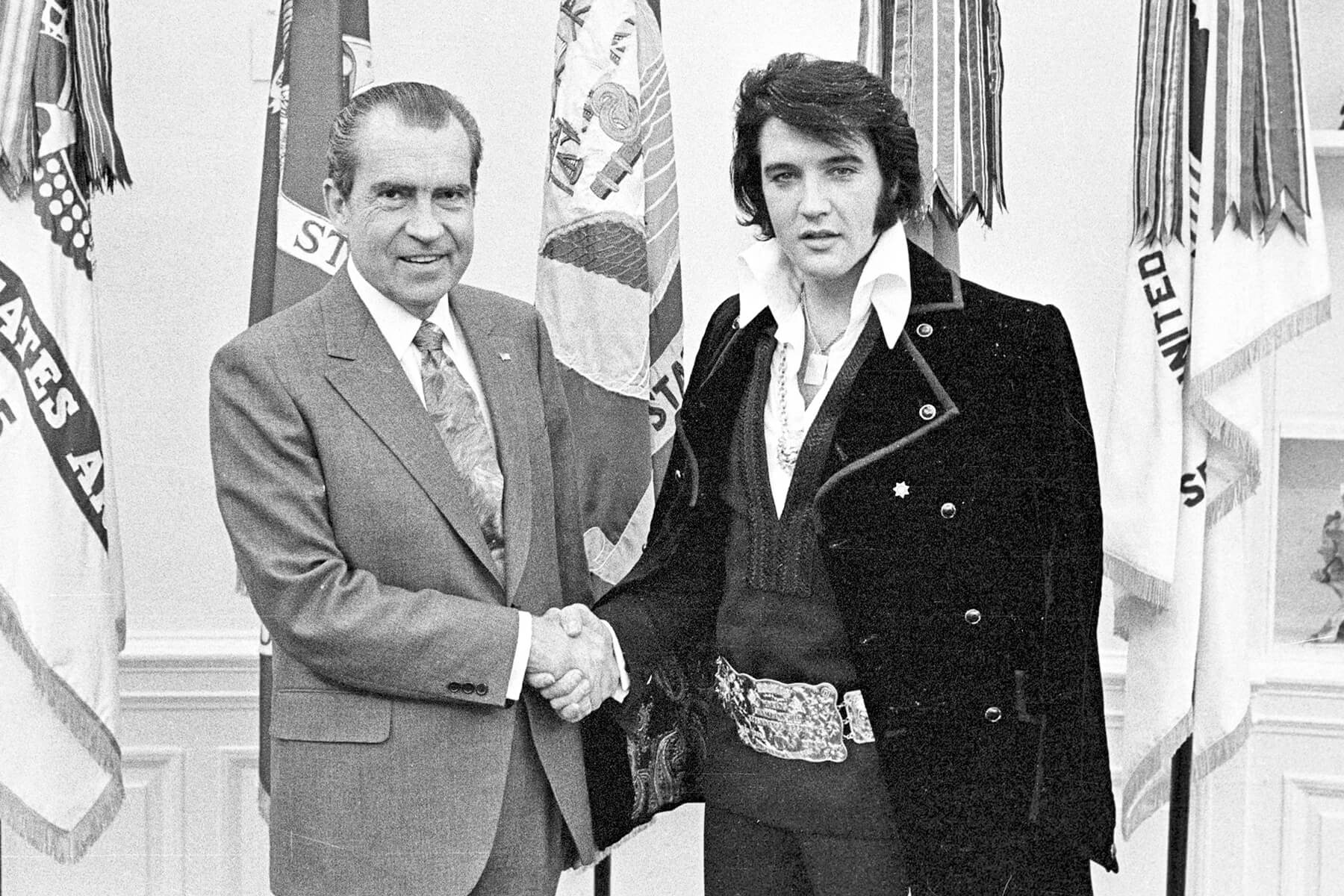
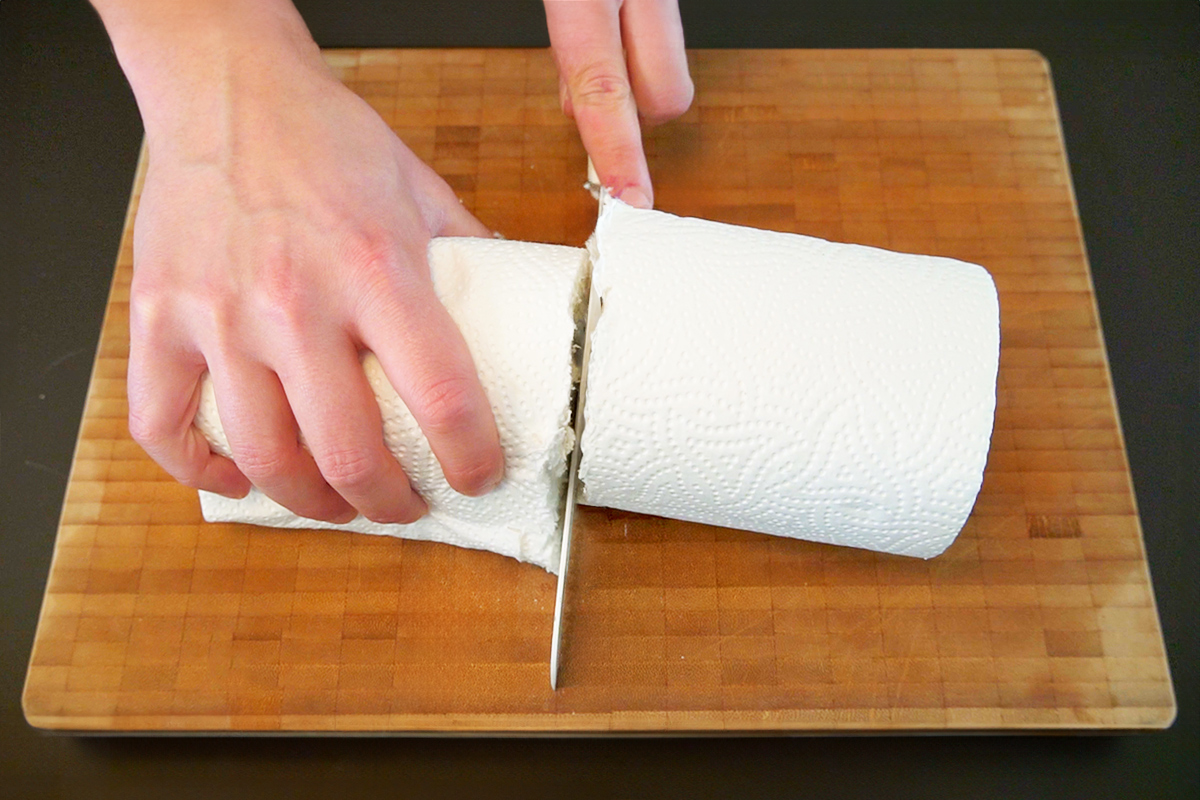



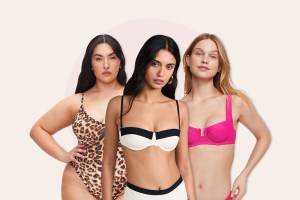

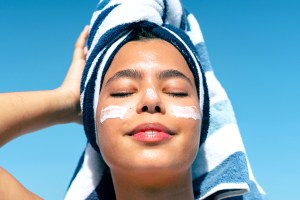


 Unique Beauty is free for all users.
Unique Beauty is free for all users.